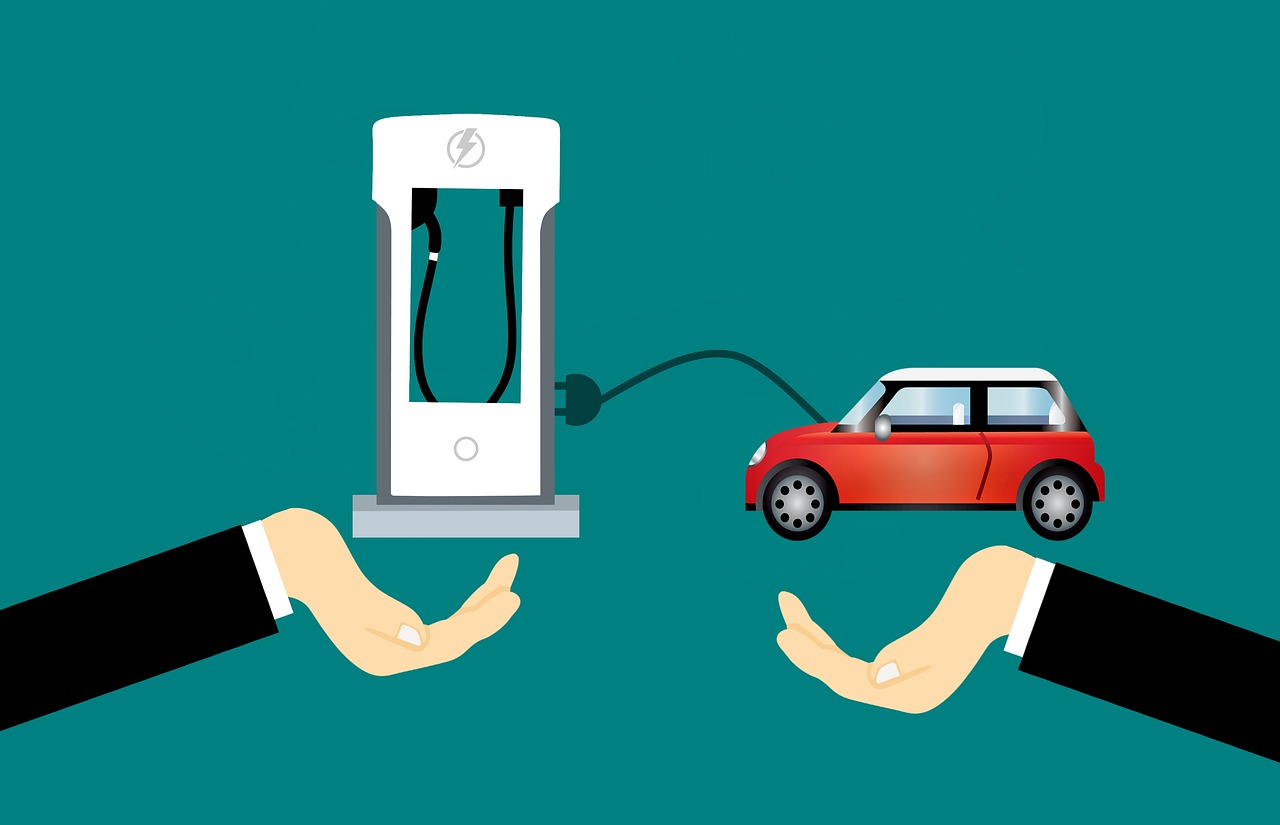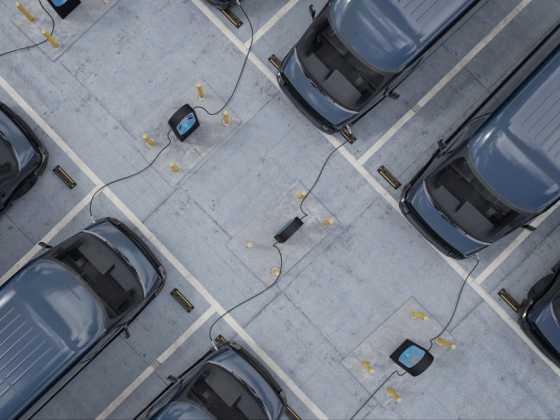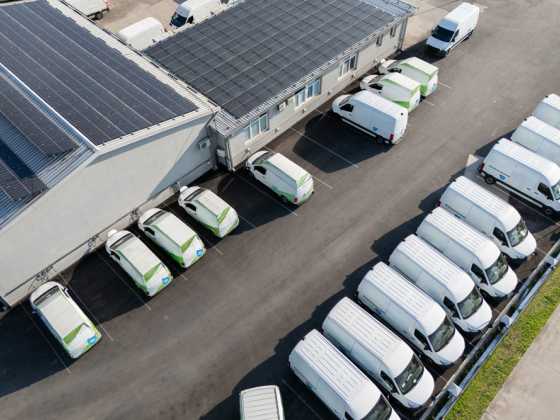Updated advice for EV chargepoint procurement

The diversity of charging locations means multitudes of organisations will need to procure EV chargepoints. As many of these will be undertaking this task for the first time, the UK Electric Vehicle Supply Equipment Association has published the second edition of its procurement guidance. Robert Evans and Sam Abbott from Cenex, share some key points
With electric vehicle (EV) sales forecast to rise rapidly in the coming years, there is growing recognition across the public and private sectors of ongoing deployment of EV-charging infrastructure. The beauty of EV charging is that it can be done in multiple locations: at home; at work; in public car parks; at tourist, leisure and retail destinations; and at motorway service areas. The diversity of locations brings convenience for the EV motorist, but also means multitudes of organisations will need to procure EV chargepoints. Many of these will be undertaking this task for the first time and, as a result, in need of advice.
One of the best-known guides available is published by the UK Electric Vehicle Supply Equipment Association (UK EVSE), a UK trade association formed in 2013 for chargepoint providers and network operators. The first edition, dating from April 2015, has been widely lauded as an “independent” but “industry informed” self-help guide for those planning chargepoint purchases. The second edition has now been published, and is available to download from the UK EVSE website.
The first guide combined an easy-to-follow narrative with handy hints and cost information, as well as more practical details than were offered by other introductory guides available at the time. As of August 2019, there have been more than 1,400 downloads of the first edition. Whilst the majority have been by representatives of UK organisations, the guide has also been sought out by interested parties across Europe and the rest of the world, including as far afield as Brazil and Japan.
The rationale for preparing a second edition was to include new technologies and emerging industry trends. Although much of the content of the first edition has stood the test of time, there have been both technology updates and market developments.
The first edition of the guide provided fundamentals of what to do in a chargepoint project by detailing the “Six Ps of Electric Vehicle Chargepoint procurement”. The second edition has made updates in all these areas, with particular changes in relation to products and payment for charging, as well as the addition of three new “Ps”, namely, power supply available, proprietorship of the equipment, and installation process. This gives the following nine “Ps” for chargepoint procurement:
1. EV Chargepoint Products
Whilst the chargepoint products described in the first edition remain industry standards today, two emerging trends have been the introduction of new categories of “super charger” and “smart charging”, whereby the charge across a group of chargepoints can be limited. At times of low EV demand, smart chargers can operate at full power, but at times of high EV demand, charge rates to the points can be limited. In some cases, this mitigates the need for network-upgrade costs.
New products at the very early stages of market introduction include “vehicle-to-grid” chargers, which can feed power back from EV batteries for cost reduction and revenue generation. Another example is wireless charging considered suitable for locations where EVs have very short dwell times, such as taxi ranks.
2. Power
When the first guide was published, chargepoint projects were typically for first installations at given sites, with small numbers of units installed. However, as a result of the wider uptake of EVs, demand for EV charging is increasing, and it is now more common for projects to involve multiple chargepoints at given locations. The available power supply is therefore a more critical consideration.
3. EV Chargepoint Placement
This section discusses the different location types, such as on-street, workplace and public, which will each have different considerations when it comes to EV chargepoint strategy. Also covered are specific points of interest, such as planning consent, parking-bay layouts and enforcement, and power-supply location.
4. Payment: Chargepoint Access and Instant-Access Charging
At the time the first edition of the guide was being prepared, it was common for chargepoints to be part of chargepoint network operator (CPNO)-run membership schemes, in which members would use RFID membership cards to access chargepoints. “Pay-as-you-go” charging was a new development, notably for rapid chargers. Now typically called “instant access”, pay-as-you-go is commonplace – not least because it has been made a legal requirement for new chargepoints. For higher-power chargers, contactless or chip-and-pin payment approaches make sense. For fast chargers, instant access is commonly offered by scheme operators through smartphone apps.
5. Proprietorship
Traditionally, a chargepoint was purchased and owned by the host but placed under the operational control of a CPNO. Now, the increased numbers of chargepoints required within cities and across national retail operations mean proprietorship questions are becoming more important. Organisations can now choose to lease rather than buy chargepoints, and also consider leasing prime sites to CPNOs to then act as owner-operators. In addition, they can run more of a shared risk-reward model, in which the groundwork for a range of locations for chargepoints are constructed and owned by the hosts and made available for CPNOs to operate from. CPNOs bid to have the operational concession for a fixed number of years. The profits from the scheme can then be split between the supplier and the host.
6. EV Chargepoint Project Management
The key part of this section is identification of the key stakeholders and the tasks they are responsible for within any chargepoint project. The second edition of the guide has added a specific sub-section to cover chargepoint providers that offer combined installation services, as well as the potential benefits and pitfalls to be aware of when using such services.
7. Price, Procurement and Maintenance
Price – Indicative costs for the delivery and installation of different chargepoint types are given alongside typical operational costs. There are further questions which the reader can ask themselves as a potential host to understand the additional costs involved in a chargepoint project.
Procurement – A list of potential quality questions to be asked when doing procurement activity is given.
Maintenance – In the second edition of the guide, information on maintenance has been integrated into this section, as it has a direct impact on running costs. This information focuses on service level agreements and what they could and should include.
8. Installation Process
The installation process is another key part of the overall chargepoint project, and has been given its own dedicated section in this second version of the guide. The information given considers the latest electrical requirements introduced in the 18th edition of the IET Wiring Regulations, which came into effect on 1st January 2019.
9. Publicity and Marketing
This final section gives information on how to optimise use of installed EV chargepoints by ensuring that prospective users are aware of the equipment and its availability.
Conclusion
We are seeing multiple chargepoints placed in locations where previously there were only one or two. This clustering reflects the rationale that these are convenient locations for EV motorists, as well as for fleet vehicles. It also means power availability issues have become of increasing importance, which necessitates pre-procurement dialogue with distribution network operators, whilst smart charging should be used, in some cases, to avoid network-upgrade costs. As it is associated with maturing of the market, clustering of chargepoints has also ushered in new business models which share risk and reward between hosts and chargepoint operators over extended timescales.
Authored by Robert Evans and Sam Abbott from Cenex, who provide the Secretariat for UK EVSE






